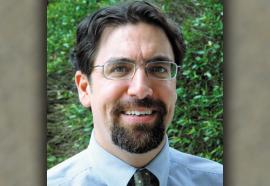Don't Mess With Texas
America’s energy competition laboratory prepares to build.
The ERCOT region remains a living example of how to make a successful transition to restructured wholesale and retail markets for electricity. At the same time, the market continues to witness some significant developments. Sights are turning from recovery to the next stage of the power business cycle: The Buildup.






